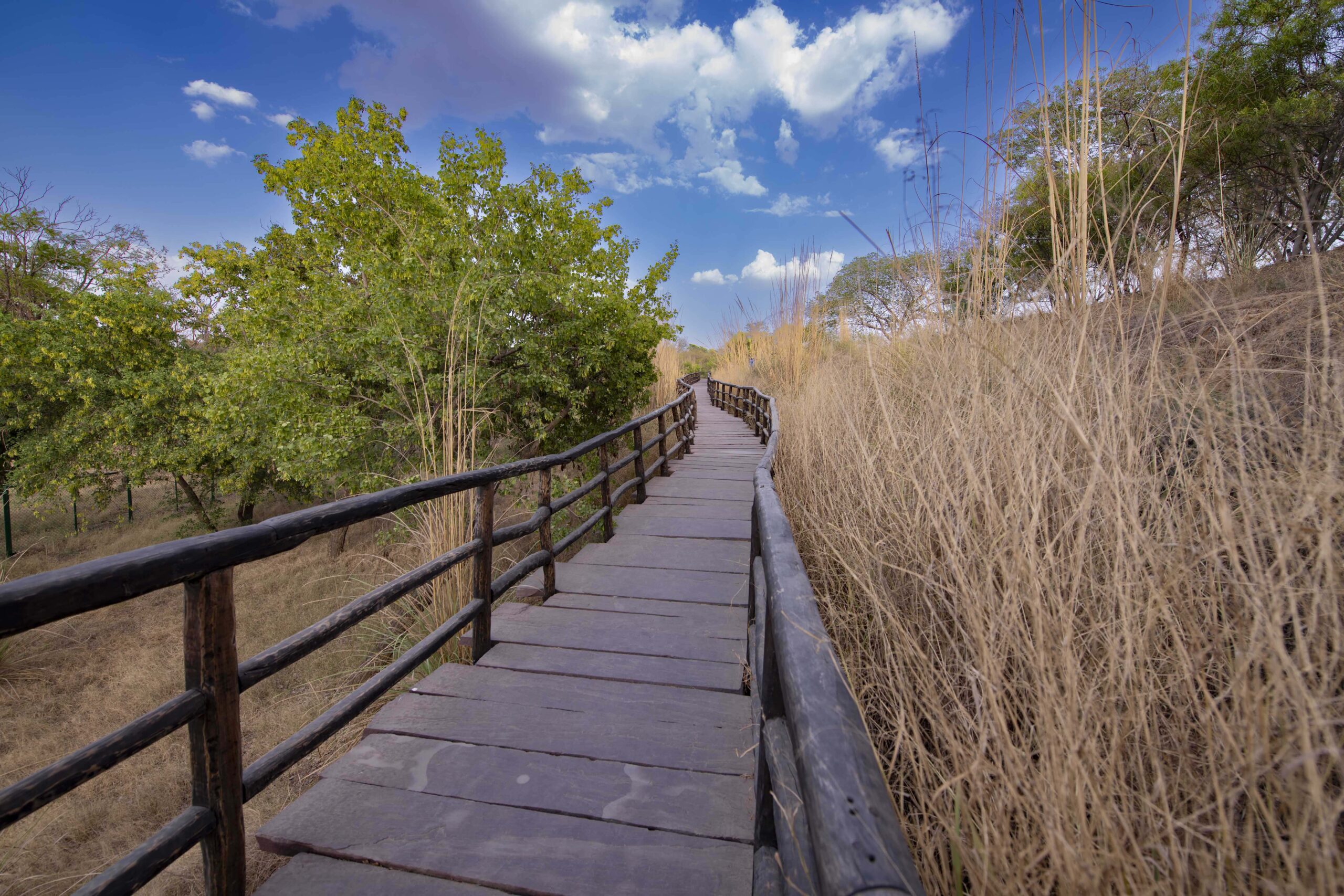When 26-year old Monal Singh quit her corporate job as a biotechnologist, all her family members except her father were unhappy and unconvinced by her arguments. However, she was adamant about pursuing her career as a naturalist and wanted to join the Kishan Bagh project in Jaipur. For her, joining this restoration project was the best chance to learn of all the nuances of the desert ecosystem and strategies for its conservation.

The key emphasis of the Park is the natural shrubland known as ‘Roee’ in local parlance. Kishan Bagh has a raised walkway 600 meters in length, followed by a 1.2-kilometre-long sand dune walk through several natural history exhibits where visitors can learn about sand, various rocks and plants.



In the monsoon of 2016, the rejuvenation of Kishan Bagh was taken up by the Jaipur Development Authority. The restoration team consisted of experienced ecological restoration practitioners and architects led by Pradip Krishen – an acclaimed naturalist and environmentalist who spent 16 years creating a desert park in the difficult volcanic rock of Jodhpur.





During the Kishan Bagh restoration program, native plants, shrubs and trees were reintroduced to the area along with soil brought in from richer habitats. This unique method was used to introduce microorganisms as well as seeds of a large number of associated species. The strategy behind the entire exercise was to bring back everything that can be found in the natural sand dunes of Rajasthan – the plant, insects, birds or animals. Although the restoration work was completed in early 2020, the pandemic stalled everything and Kishan Bagh was inaugurated in December 2021 by the Chief Minister of Rajasthan. The great success of the project certainly keeps young professionals like Monal inspired to chase new dreams.


Info box:
Dos and don’ts
- Wear walking shoes, comfortable cotton clothes and a hat.
- Avoid bright colours. Green, khaki or camouflage clothes are best if you want to go birding.
- Carry water and some food.
- Ask naturalists at the ticket counter for help if you’d like a free guided tour.
Best Time
Monsoon is best, winter is good too.
April- Ocotber: 6.30am-7pm
November-March: 8am-5.30pm

Ticket
₹50 for adults. ₹25 for students. Free for children below eight years.




